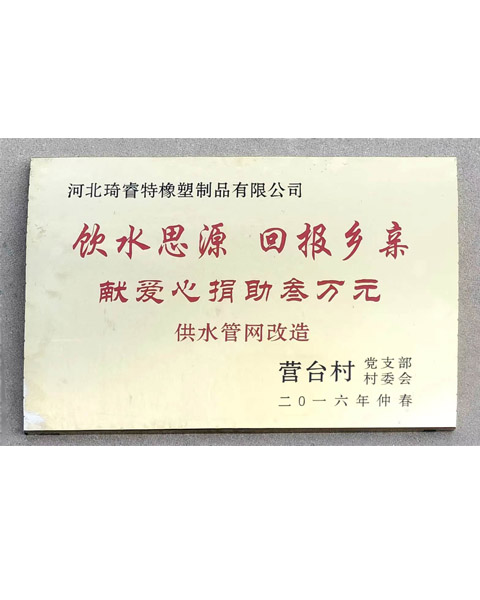Power Steering Pressure Line Replacement Tips and Guidelines for Effective Vehicle Maintenance
Power Steering Pressure Hose Repair A Comprehensive Guide
Power steering is an essential component in modern vehicles, providing drivers with the ease of steering without exerting excessive physical effort. At the heart of this system lies the power steering pressure hose, responsible for transferring high-pressure fluid from the power steering pump to the steering gear. Over time, wear and tear or external factors can lead to damage or leaks in the pressure hose, necessitating timely repairs to ensure your vehicle operates smoothly and safely.
Identifying Issues with the Power Steering Pressure Hose
One of the first signs that your power steering pressure hose may be compromised is the presence of fluid leaks. Power steering fluid, typically a reddish-brown hue, may pool under your vehicle when the system is leaking. You may also notice difficulty in steering, unusual noises such as whining or groaning when turning the wheel, or a warning light on the dashboard indicating a problem with the steering system.
Tools and Materials Needed for Repair
Before beginning the repair process, it is essential to gather the right tools and materials. You will need
- A replacement power steering pressure hose - Power steering fluid - A wrench set - Pliers - A screwdriver - Clean rags or paper towels - A container to catch any fluid spills
Step-by-Step Repair Process
1. Safety First Start by ensuring the vehicle is parked on a level surface and turn off the engine. Disconnect the battery to prevent any electrical issues.
power steering pressure hose repair

2. Locate the Hose Open the hood and locate the power steering pressure hose connected to the pump and the steering gear.
3. Remove the Damaged Hose Using a wrench, carefully loosen and remove the nuts or clamps securing the old hose. Be prepared for some power steering fluid to leak out, so use a container to catch any spills.
4. Install the New Hose Take the new power steering pressure hose and connect it to the pump and steering gear. Make sure the fittings are tight but avoid over-tightening, which could cause damage.
5. Refill Power Steering Fluid Once the new hose is installed, refill the power steering fluid reservoir with the recommended fluid type. Be sure to check the owner's manual for specifications.
6. Test the System Before starting the engine, check for any leaks around the new hose. Once confident there are no leaks, reconnect the battery, start the engine, and turn the steering wheel from lock to lock several times to bleed any air from the system.
7. Final Inspection After testing the steering, inspect the hose and connections for any signs of leaks or issues once again.
Conclusion
Repairing the power steering pressure hose can be a straightforward task for those with basic mechanical skills. By recognizing the signs of damage early and following the necessary steps to replace the hose, you can ensure that your vehicle remains safe to drive and operates efficiently. Always consult a professional mechanic if you feel uncertain at any stage of the process.
-
Ultimate Spiral Protection for Hoses & CablesNewsJun.26,2025
-
The Ultimate Quick-Connect Solutions for Every NeedNewsJun.26,2025
-
SAE J1401 Brake Hose: Reliable Choice for Safe BrakingNewsJun.26,2025
-
Reliable J2064 A/C Hoses for Real-World Cooling NeedsNewsJun.26,2025
-
Heavy-Duty Sewer Jetting Hoses Built to LastNewsJun.26,2025
-
Fix Power Steering Tube Leaks Fast – Durable & Affordable SolutionNewsJun.26,2025

